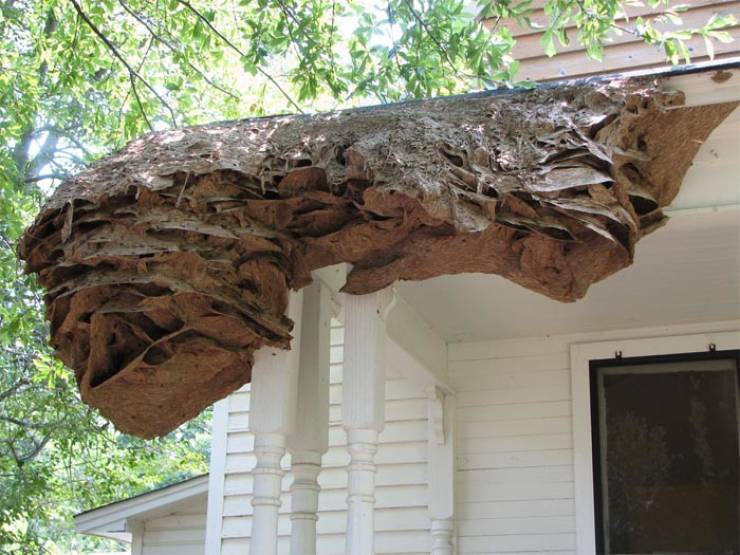
According to Mr. Ray, a warm winter is one of the factors that allow wasps to form these nests. Most yellow jackets don’t survive the cold months because they freeze or starve to death.
“The queens are the only ones who have an antifreeze compound in their blood,” Mr. Ray said. “So normally, a surviving queen will have to start a colony from scratch in the spring. With our climate becoming warmer, there might be multiple surviving queens producing more than 20,000 eggs each.”
Yellow jacket nest filling a car
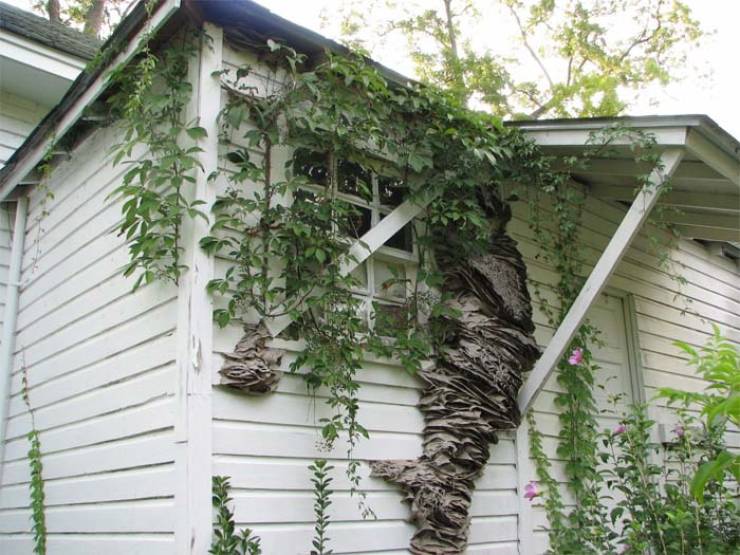
According to Mr. Ray, a warm winter is one of the factors that allow wasps to form these nests. Most yellow jackets don’t survive the cold months because they freeze or starve to death.
“The queens are the only ones who have an antifreeze compound in their blood,” Mr. Ray said. “So normally, a surviving queen will have to start a colony from scratch in the spring. With our climate becoming warmer, there might be multiple surviving queens producing more than 20,000 eggs each.”
Yellow jacket nest filling a car
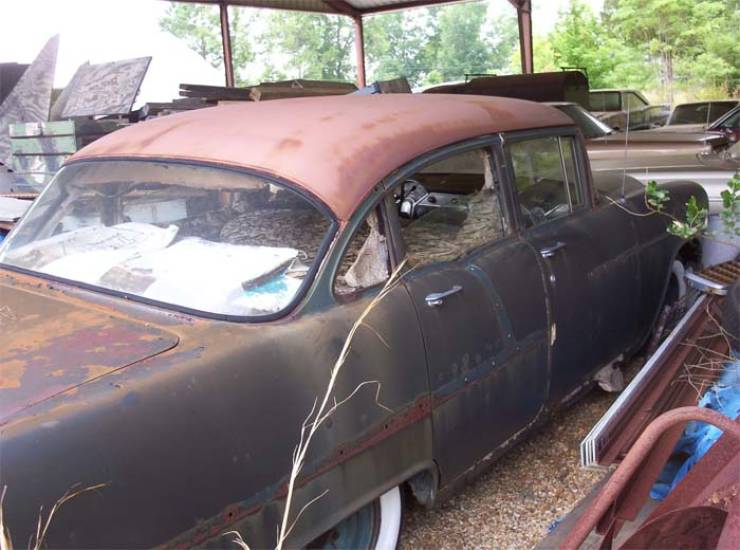
The picture gets even darker when you consider that yellow jackets are responsible for almost all of the stinging deaths in the United States. Unlike honey bees, yellow jackets can sting repeatedly and tend to attack in large numbers.
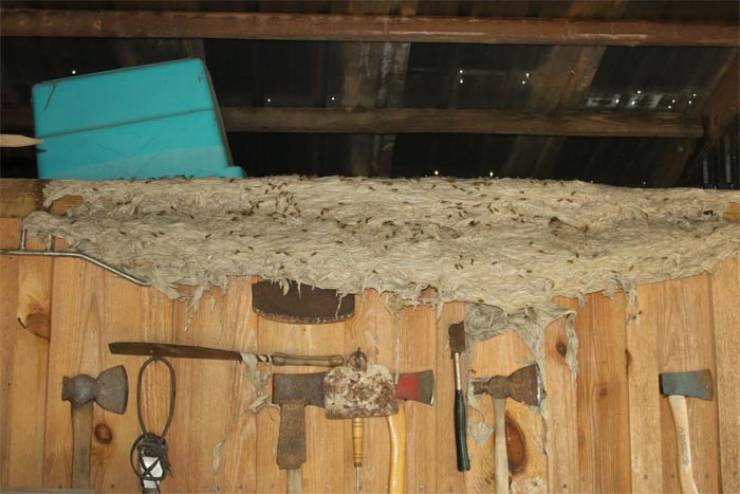
Mr. Ray thinks that Alabama may see a lot of these nests this year.
“We confirmed two nests in May and have indications of a third,” he said. “This puts us several weeks earlier than in 2006 when we identified the first giant nest on June 13.”
“If we are seeing them a month sooner than we did in 2006, I am very concerned that there will be a large number of them in the state. The nests I have seen this year already have more than 10,000 workers and are expanding rapidly.”
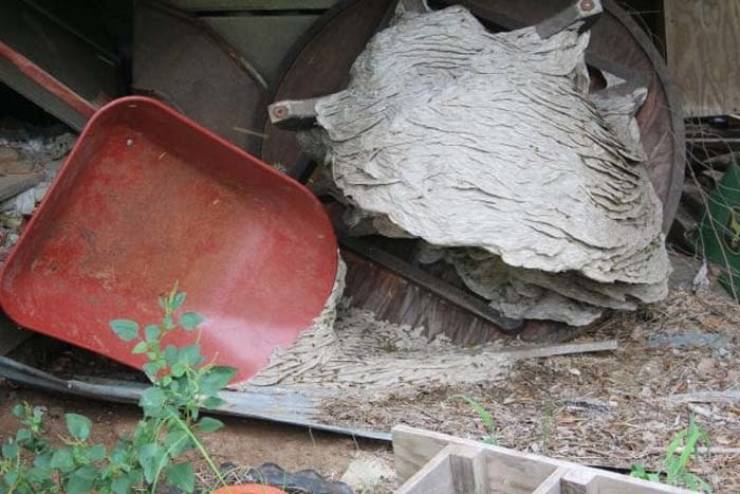
Yellow jacket nest in a discarded mattress

“These perennial nests may be several feet wide and have many thousands of workers, far more than an average nest,” Mr. Ray said. “We have found them attached to home exteriors and other places you might not expect to find yellow jackets.”
However, some time ago, one nest in South Carolina was confirmed to have more 250,000 workers.
Above-ground yellow jacket nest
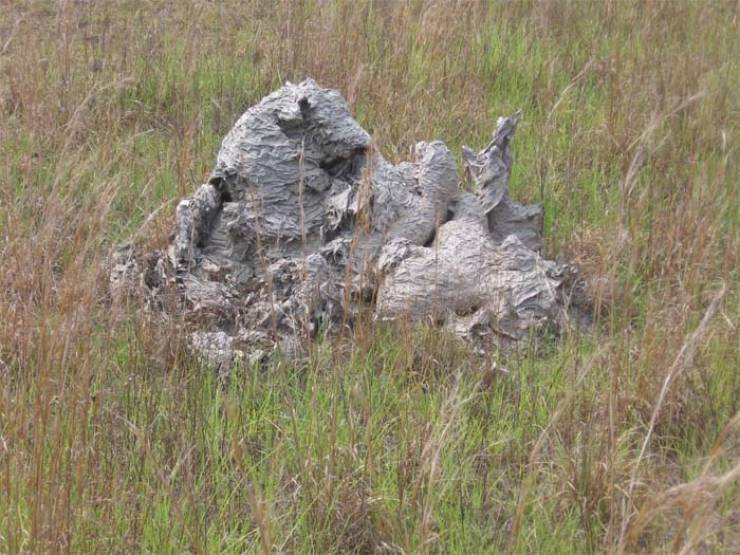
Mr. Ray has also a couple of tips for everyone who might stumble upon such a nest. “First and foremost, do not disturb the nest,” he said. “While these giant nests often appear less aggressive than smaller colonies, it is important that people do not disturb the nests.”
Also, Mr. Ray asked people to contact him so he can document the nest and collect insect specimens. People should contact him by email at raychah@aces.edu or at raychah@auburn.edu.
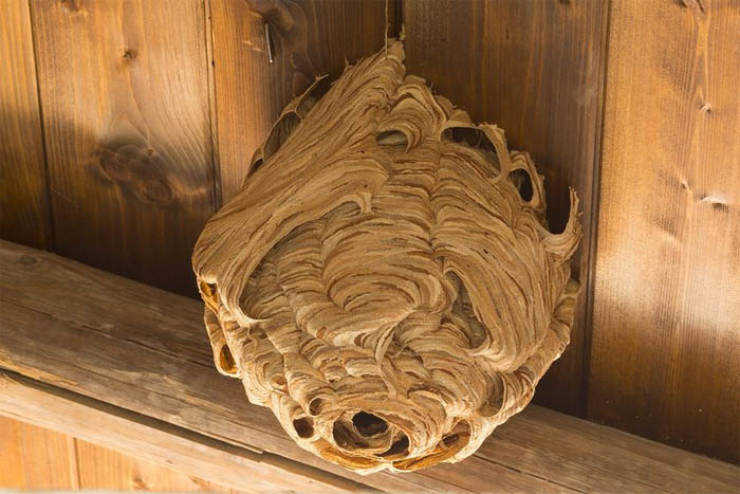
Yellow jacket queen
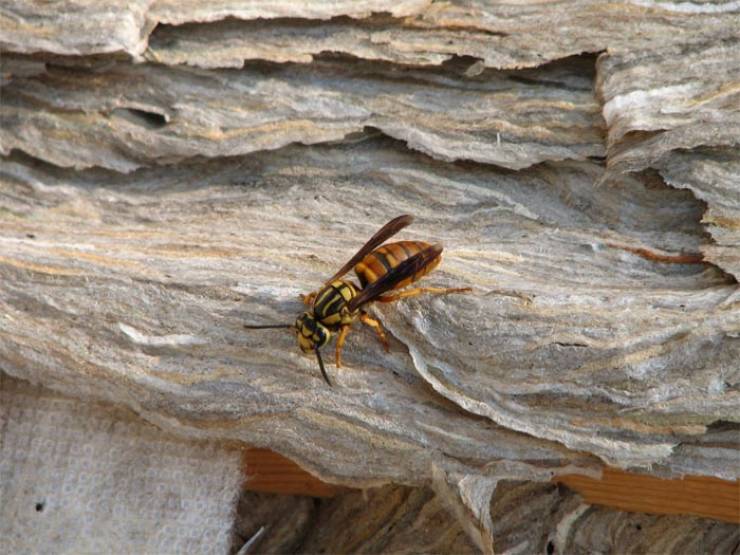
Yellow jacket workers
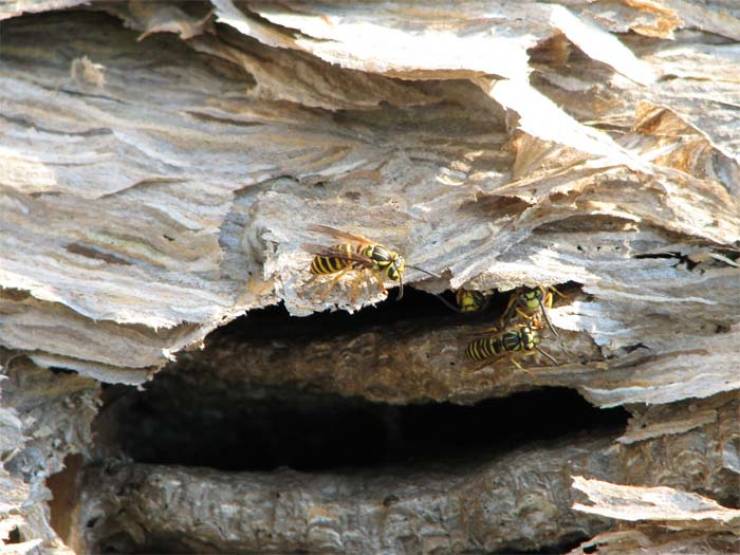
Yellow jacket stinger in its sheath in the scanning electron microscope
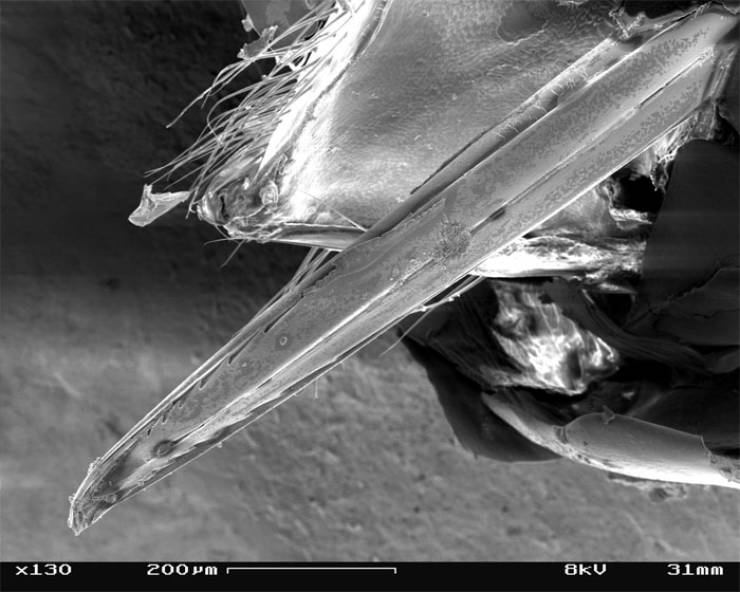

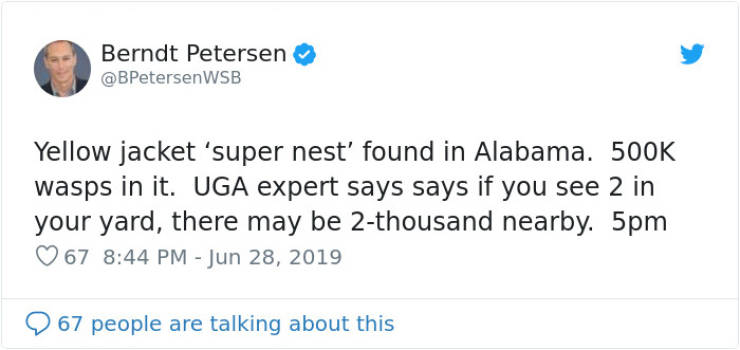
 Barnorama All Fun In The Barn
Barnorama All Fun In The Barn